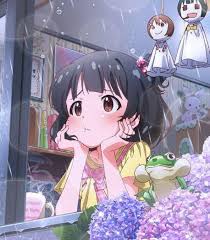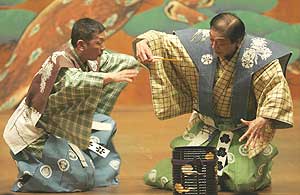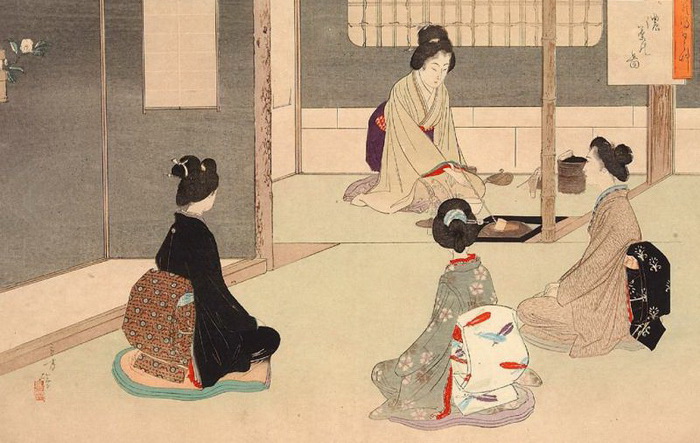monasteries there
CLOTHES IN TRADITIONAL JAPANESE ARTS
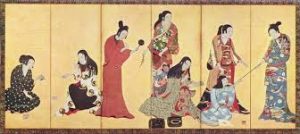 In today’s world, traditional clothing naturally gives way to a European dress. Kimono is also subject to change. Now it is made using modern dyeing and weaving technologies. Its decoration changes according to demand. The national costume, along with other cultural phenomena, has become a platform for experiments in attempts to find new opportunities for its development and transformation today. But despite any social and cultural changes, the world of traditional arts in Japan remains almost unchanged, which makes this country unique in the eyes of the whole world. Continue reading
In today’s world, traditional clothing naturally gives way to a European dress. Kimono is also subject to change. Now it is made using modern dyeing and weaving technologies. Its decoration changes according to demand. The national costume, along with other cultural phenomena, has become a platform for experiments in attempts to find new opportunities for its development and transformation today. But despite any social and cultural changes, the world of traditional arts in Japan remains almost unchanged, which makes this country unique in the eyes of the whole world. Continue reading
BONSAI: UNIVERSE IN TREE
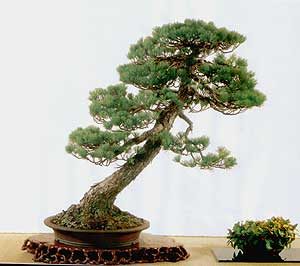 In the East, trees, herbs, and flowers are worshiped as living beings. They conduct confidential conversations with them, as with close friends. They are idolized. Monuments are erected to beloved plants when their life suddenly ends. It has been so since ancient times. Previously, they asked for wind and rain not to break trees. In ancient chants they prayed for an extension of the instant of flowering.
In the East, trees, herbs, and flowers are worshiped as living beings. They conduct confidential conversations with them, as with close friends. They are idolized. Monuments are erected to beloved plants when their life suddenly ends. It has been so since ancient times. Previously, they asked for wind and rain not to break trees. In ancient chants they prayed for an extension of the instant of flowering.
Trees in the East are perceived as beings standing on a par with humans, and they tend to experience the same feelings. The Buddhist idea that everything has a soul and can be reincarnated into anything it attracts to contributes to this understanding of the world.
A man is connected with trees by family ties. All these are phenomena of a single essence, as Zentika tells about it in the play “Basho”, or “Banana Tree”:
The East, permeated with symbolism associated with plants, sometimes well-known, never ceases to Continue reading
JAPANESE GARDENS WITH THE EYES OF A JOURNALIST
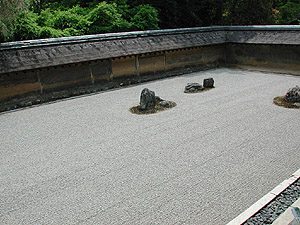 The famous rock garden of the Ryoanji Monastery in Kyoto. Japanese gardens do not bear material fruit. Their purpose in another is to awaken the work of thought.
The famous rock garden of the Ryoanji Monastery in Kyoto. Japanese gardens do not bear material fruit. Their purpose in another is to awaken the work of thought.
Divine emptiness
It is known that in Zen monasteries there are rooms for contemplation. They are empty. According to legend, the founder of the Darum sect, in order to renounce both the world and himself, for many years sat in such a room facing the wall. Contemplation of empty space is one of the methods of understanding the Absolute. Such are the classic Japanese gardens – stones, mosses, water, young pine … They resemble the same rooms and are not created for admiring. The concept of immortal emptiness is hardly Continue reading
